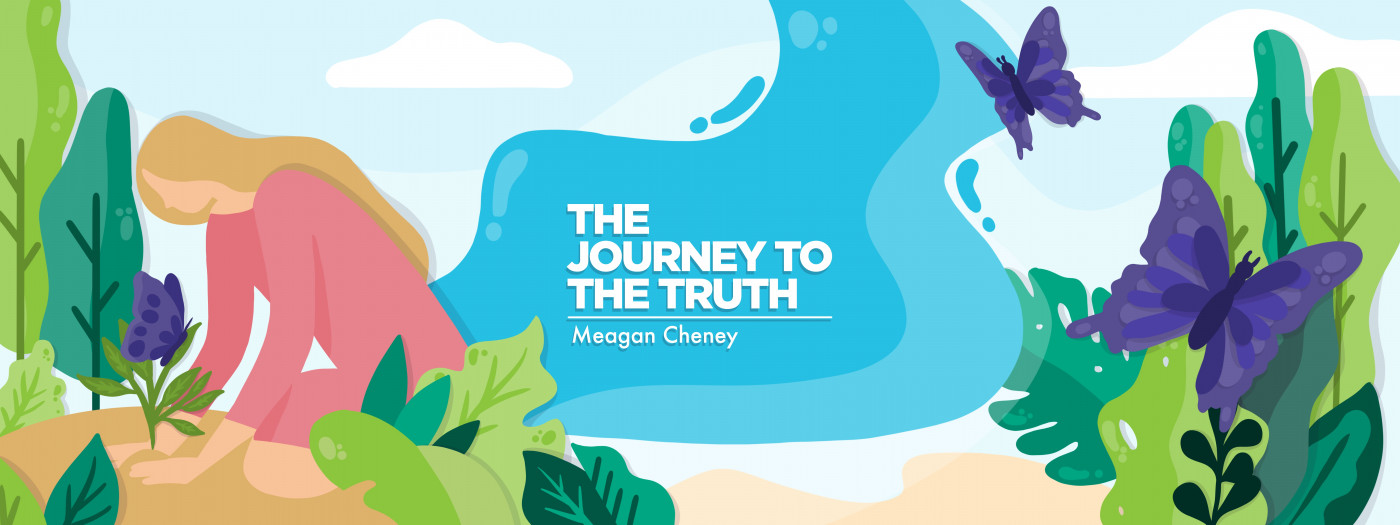My Daughter and Her Friend Remind Me of What’s Good in the World
Written by |

“Mom, where is my friend? You know, the one who looks like my twin?”
We were at the baseball practice of my 8-year-old son, Atlas, and my daughter Austen, who is 6 and has Dravet syndrome and autism, tugged on my jeans, clearly annoyed that her playmate wasn’t there yet. The only problem was I had no idea whom she was talking about.
For perspective, my daughter is white with brown hair, brown eyes, and fair skin. While other white kids attend my son’s baseball practice, those little girls all have blond or red hair. So I was confused about her twin comment.
“You know, Mama, my friend with brown hair and brown eyes just like me? Mia, Mom, Mia.” When I heard the name it clicked. Mia is a friend whom Austen plays with at baseball practices and games. And yes, she does have brown eyes and brown hair. But Mia is not white; she is African American.
My heart completely melted. Whereas I was baffled by Austen’s comment moments before, her sweet, innocent self noticed the similarities between her and her friend, not the differences.
Mia is a few years younger than Austen, but the two play well together. I don’t know if it is because she is younger, but Mia doesn’t seem to mind when Austen gets in her personal space or is obsessing over the same activity for weeks at a time.
Mia and Austen will play tag in the field where we have practice or pick flowers together on a day when Austen doesn’t have as much energy. Sometimes one of them will bring a toy, and they’ll play together next to the grown-ups as we talk. It’s one of those friendships that makes a mom’s heart happy — a friendship that in the back of my mind I was always scared wouldn’t happen because of the complications that come with autism and Dravet syndrome. Since we have seen how some children react to Austen’s differences, it warms my heart to see her develop a genuine friendship.
Mia didn’t make it to practice that day as she was sick at home, but I told her aunt about Austen’s comment when she arrived and we both giggled. Mia’s aunt told Austen that she and Mia are a lot alike, both in their hair and eye colors as well as their personalities. And we both expressed how happy we are that those were the qualities Austen saw as well.
We live in a world where many people seem to be focusing on our differences, whether they are due to ethnicity, religion, or political leanings. Austen reminded me that these perceptions are learned, not something we are born with. Maybe if we try to see the world through a child’s eyes we could change our focus, too. Because surely a world in which we look at our similarities instead of our differences would be a better place for us all.
Note: Dravet Syndrome News is strictly a news and information website about the disease. It does not provide medical advice, diagnosis, or treatment. This content is not intended to be a substitute for professional medical advice, diagnosis, or treatment. Always seek the advice of your physician or other qualified health provider with any questions you may have regarding a medical condition. Never disregard professional medical advice or delay in seeking it because of something you have read on this website. The opinions expressed in this column are not those of Dravet Syndrome News or its parent company, Bionews, and are intended to spark discussion about issues pertaining to Dravet syndrome.







Leave a comment
Fill in the required fields to post. Your email address will not be published.